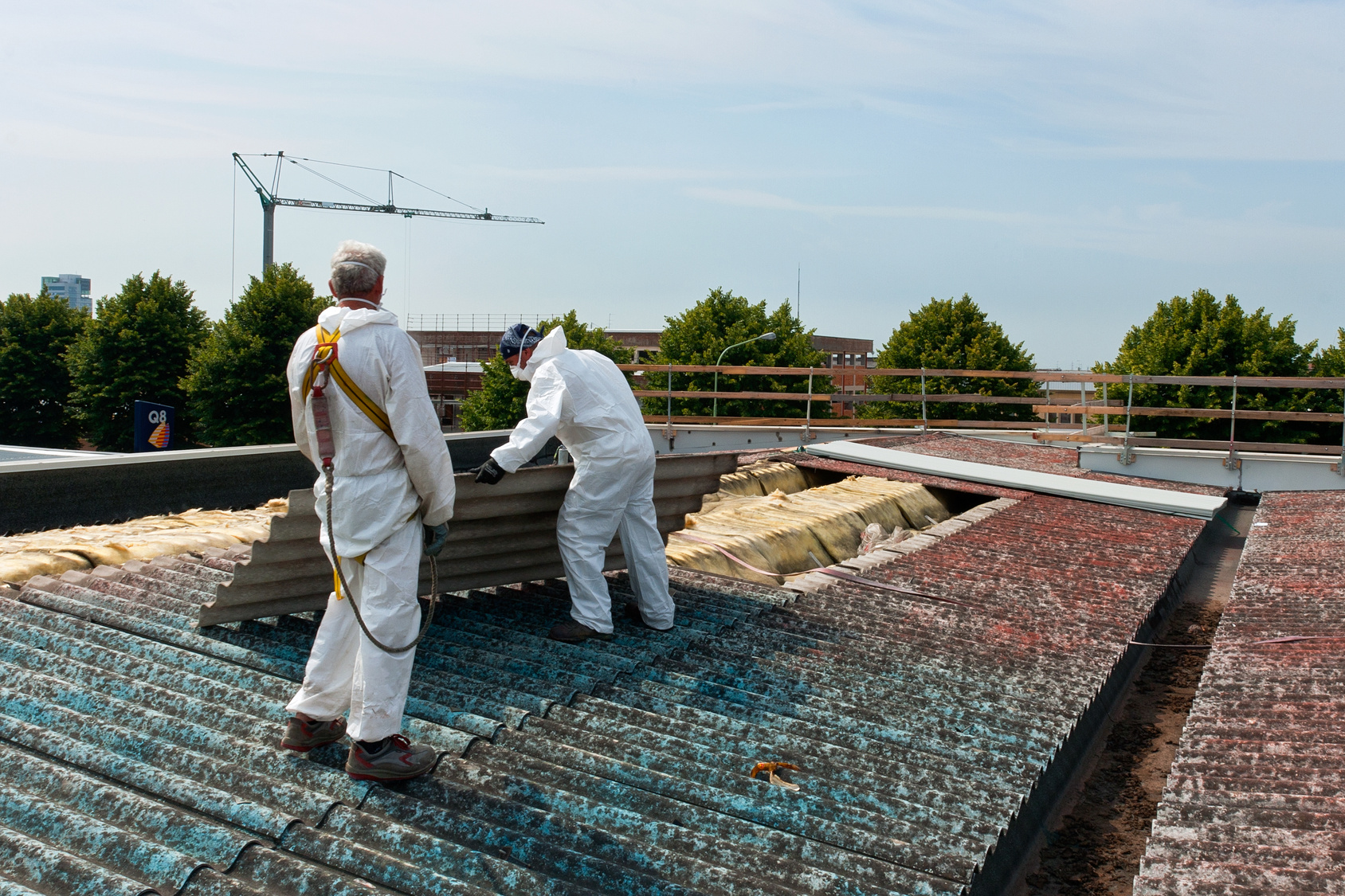Asbestos; just hearing the word makes potential homebuyers turn tail and run the other direction. Asbestos is a mineral fiber that is found naturally in rocks and soil. It was due to the fiber’s heat resistance and vitality that it was commonly used in construction and building materials.
Contrary to popular belief, most uses of asbestos are not banned in the United States. It can be used in manufacturing specific items that will not allow it to be disturbed. Some products that contain asbestos that are not banned include cement pipe, disk brake pads, clothing, and vinyl floor tile.
The Environmental Protection Agency (EPA) banned most asbestos-containing materials and products back in 1989, but in 1991 the Fifth Circuit Court of Appeals issued a final rule that overturned most of the ban.
The most common items that contain asbestos that remain banned are pipe insulation, spray-applied surfacing, corrugated paper, flooring felt, and artificial fireplace embers. This list is not exhaustive, but it does show how few asbestos-containing items are banned in the United States.
Why is Asbestos Harmful?
Asbestos is not harmful to humans unless it is disturbed and fibers get into the air. Exposure to asbestos can increase your risk of lung cancer and other lung diseases. The primary health effects associated with asbestos exposure are lung cancer, mesothelioma, and asbestosis.
It is sometimes difficult to identify asbestos exposure, so when a doctor thinks a patient may have been exposed, they need a full medical history and to run multiple tests to identify whether or not exposure has occurred.
Asbestos Abatement
Abatement is the common word used to describe properly disposing of materials containing asbestos. A special license is required in the United States to be certified in asbestos abatement, above and beyond a general contractor’s license.
The general abatement process has many steps and can be done in a few different ways depending on the situation and the amount of asbestos being removed or disturbed.
Typically, the process of getting asbestos removed goes as follows:
- Risk assessment
- Containment of affected area
- Technicians put on respirators and head-to-toe protective gear
- Asbestos-containing items to be removed are wetted to reduce fibers in the air
- Asbestos is carefully packaged and disposed of at a specialized facility
- Cleanup of workspace using wet mops, rags, and HEPA vacuums
- Final testing of contaminated space
The general process seems pretty simple, but let’s dive deeper into how the removal is done to prevent exposure to technicians and the areas of a building or home not being abated.
First, the area being abated is encapsulated in special sheeting to ensure no other areas can be exposed to any fibers that may be released during the removal process. You may have seen this occur on an HGTV show at some point. During this time no none-crew members should be in or near the encapsulated area, including pets.
As workers remove asbestos-containing materials, they wet it down to keep loose fibers from becoming airborne. They also do not break up pieces of the affected materials into smaller sections to make removal easier, as doing so increases the likelihood of fibers getting into the air.
Workers are required to wear respirators and protective gear that looks similar to a beekeeping outfit or a space suit, and all gear and sheeting exposed to asbestos during the abatement, including encapsulation materials, must be disposed of properly after abatement is completed.
Final Thoughts
Licensed asbestos removal professionals are highly trained on proper procedures to keep you and your family safe during the abatement process. The EPA to ensures the most reliable possible outcome by regulating removal procedures to give you peace of mind.


